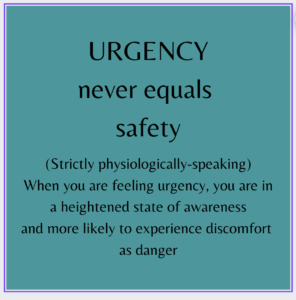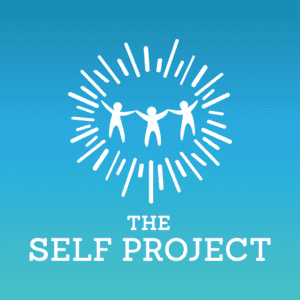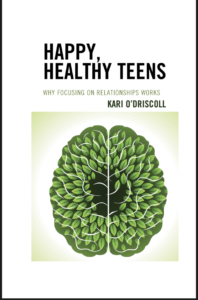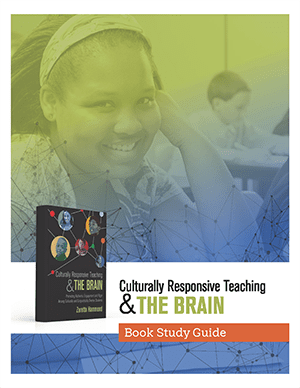
I was talking with a friend today who is a therapist and she was telling me how surprised she is by the number of adult clients she has who fit the criteria for ADD. Individuals who haven’t been previously diagnosed with it, who struggle with anxiety as well. As is my wont, I wondered aloud how much of that has to do with the way we have set up society and the expectations we have of people – many of which have been exacerbated in the last two years. She stopped walking, poked me in the shoulder, snort-laughed and said, “All of it. 100%.”
We both laughed and continued walking and talking, but this is something I’ve been thinking about a great deal lately – not ADD specifically, but the way we have work and school set up in direct opposition to the way the human brain is designed to learn.
Our brains aren’t supposed to be like empty vessels, primed and ready to dump vast amounts of information in, and immediately turn them in to meaningful connections. We aren’t trash-compacters, but that’s how we have set things up for ourselves in the name of “efficiency” and “productivity.”
In a workshop this week, I was speaking with parents about screen time and how we can manage it for our children so that it isn’t overwhelming or harmful. One parent lamented that her child has a hard time transitioning from screen time to other things – bedtime or naps or outside time – and that it often becomes a power struggle or fertile ground for a tantrum. Many other parents nodded their heads vigorously. This is a prime example of how we aren’t honoring our brain’s need for processing. Even when it looks like we aren’t doing anything (watching YouTube videos or TikToks or bingeing episodes of our favorite show), our brains are taking in information, and for kids, that’s a lot of stimulation. Especially for young children (under the age of ten or so), their brains are designed to be soaking up input on a vast scale, but in order to learn, they need time to integrate that information. Watching four episodes of Dora the Explorer back to back before having to dash off to school or soccer practice or bed doesn’t give them the opportunity to find context, make meaning, process the information they just stuffed in their head.
While I don’t have the same brain as a five year old, my brain needs that, too. I told the parents at the workshop that I don’t ever schedule back-to-back meetings anymore for that very reason. [I realize what an enormous privilege that is, and also, I really want more companies to normalize that as a practice] If my calendar is full of one meeting after the next all day long, the group of folks who I see at 2:30pm are going to get a shell of my former self. They will get someone who has massive decision-fatigue, whose head is buzzing with ideas and information from all of the other interactions I’ve had that day, and the things that happened in earlier meetings are likely to get shoved out of my head before I have a chance to really fully process and integrate them. If, instead, I have time in between meetings to talk to folks casually about what I learned (learning happens in relationship, after all), doodle, make notes and dig a little deeper on my own, I am much more likely to have creative ideas about how to implement things or understand how they apply to other contexts.
This is why I think middle and high schools are getting it wrong with kids on a massive scale. Asking kids to spend an eight-hour day switching from one subject to the next with only a five or ten minute break to physically move from one place to the other is not conducive to deep contextualizing. It doesn’t allow them to really sit with the history lesson they were just presented with (even if your school is one that has a “block schedule” with longer periods that happen fewer times per week) or talk to a peer about what it means that the Fibonacci sequence shows up everywhere in nature. The way we have set up schools, we have virtually guaranteed that kids won’t retain or be able to frame much of what they’re taught, at least not until they are in college where classes are spaced out in time somewhat.
My oldest daughter noticed when she went to college that if she studied until ten or eleven pm and then went to work out or take a bath and get rest the night before a test, she did much better on the test than her peers who stayed in the library until four in the morning, cramming as much as they could into their brains, and then took the test at eight am. That’s because rest allows us to daydream, it allows our minds to wander and make connections we wouldn’t otherwise make while we’re busy stuffing more data into them. Many of us know this already. The studies have been done. And yet, we continue to prioritize meeting after meeting as though that is some evidence of productivity.
Creativity is where innovation comes from, but if we don’t give ourselves time to daydream and contextualize, we can’t be creative. Letting your child watch one episode of Dora and then asking them to draw a picture of what they watched or build a Lego representation or simply tell us about it – all of it; the colors, what struck them the most, what made them laugh or worry, how it compares to other episodes – provides their brains space to make meaning of it, to learn from it in a much more holistic way. And, because learning happens in the context of relationship, it means the impact of that one show will be much bigger. The bonus is that they won’t need to “relieve” their nervous system of the sensory overload of bingeing four episodes in a row by throwing a tantrum. This works with older kids, too. Encouraging them to talk to us about the video game they love or the YouTube account they follow can help build a deeper understanding of what’s exciting about it, where their own passions lie, and place it firmly within the realm of the human.
Perhaps the most beneficial part of all of this is that it builds relationship. Taking time to talk with others about the things we’re experiencing – especially our kids – normalizes these kinds of conversations and allows us to see life through different perspectives that add dimension to our lives. And honoring the way our brains were designed to absorb new information means that we are more likely to be able to pay attention to the next thing that comes along and be in the habit of thinking about it more deeply.
I am beginning to believe that people who struggle with ADD are often fighting against the systems that expect us to be able to rapidly switch between tasks without contextualizing them, and for good reason. There is a way in which we’ve socialized ourselves from a very young age to believe that multi-tasking is a good thing (and that it is even possible) and that we should be able to absorb vast quantities of information in any given day. We don’t teach children to focus and we don’t set up systems to enable focus, but we growl in frustration when they can’t. What if a person’s tendency to switch their locus of attention mid-stream is the brain’s attempt to protect itself from sensory overload? There is no doubt that the world in which I grew up was much less overwhelming than the world in which kids are growing up now. I am lucky enough to be able to put systems into place that help me avoid being bombarded with too much input that I can’t process, but most people aren’t. As parents, how can we create some of this for our kids? As employers, how can we do this for the people we work with?










